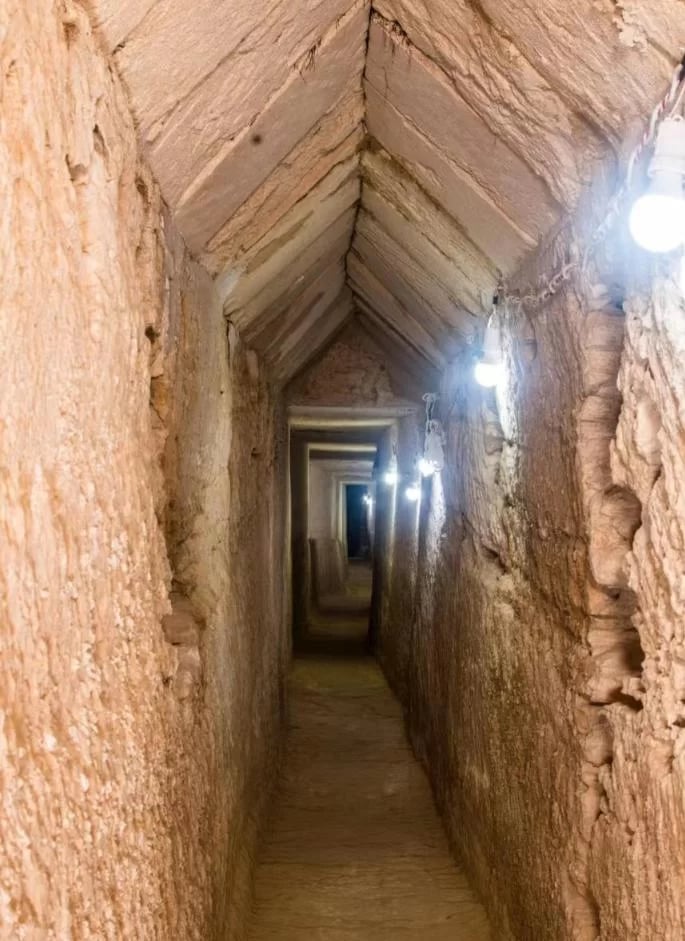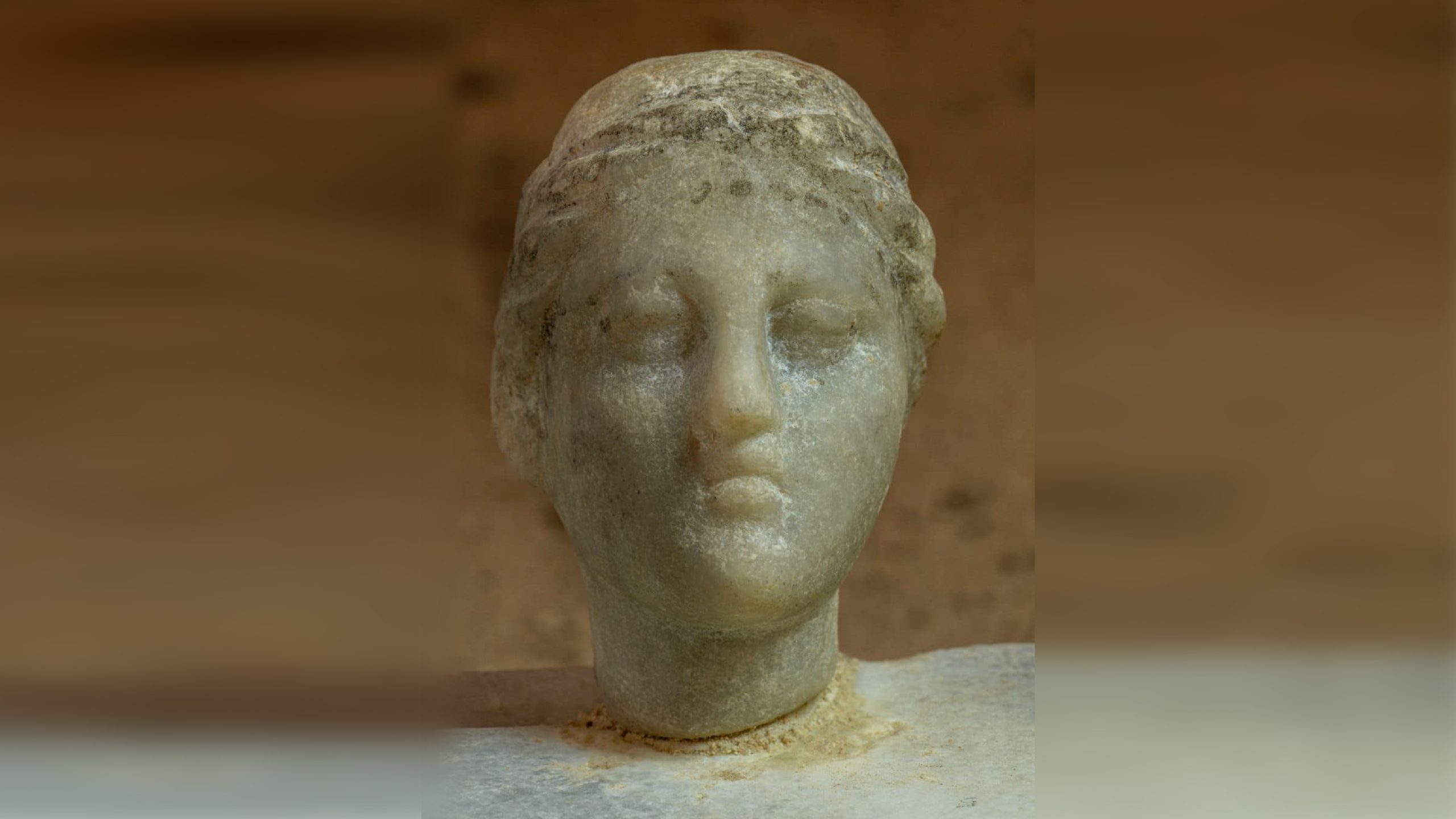In the heart of Egypt’s ancient landscape, a breathtaking archaeological quest continues to captivate the world. Archaeologists are inching closer to solving one of history’s most tantalizing mysteries: the location of Cleopatra’s long-lost tomb. At the center of this extraordinary search is Dominican archaeologist Kathleen Martinez, whose relentless pursuit has transformed the ruined city of Taposiris Magna into a treasure trove of historical revelations.

Ancient tunnel discovered beneath Egyptian temple. Credit: Artnet News
Beneath the sandy terrain, a remarkable discovery has emerged that has sent waves of excitement through the archaeological community. A spectacular tunnel, stretching an incredible 1,305 meters through solid sandstone, lies 13 meters underground – a structure so precise that experts have dubbed it a ‘geometric miracle’. Remarkably similar to the ancient Tunnel of Eupalinos, this engineering marvel hints at the sophisticated technological capabilities of ancient civilizations. Parts of the tunnel remain submerged in water, adding an extra layer of mystique to its already compelling narrative.

Possible bust of Cleopatra VII discovered at the site. Credit: Live Science
Martinez’s two-decade-long expedition has yielded extraordinary artifacts that provide tantalizing glimpses into Cleopatra’s world. Among her most significant finds are 337 coins bearing the queen’s image, a white marble bust potentially depicting Cleopatra herself, and ceremonial pottery that whispers stories of a bygone era. The Temple of Isis, founded around 280 BCE by Ptolemy II, stands as a critical focal point in this archaeological investigation. Dedicated to Osiris and Isis – a deity strongly associated with Cleopatra – the temple grounds have revealed Greco-Roman burial shafts that could potentially hold the key to locating the queen’s final resting place.
The Temple of Taposiris Magna where excavations continue. Credit: Wikipedia
The search for Cleopatra’s tomb is more than a mere archaeological expedition; it represents a profound journey into understanding the complex tapestry of ancient Egyptian culture. Theories suggest that earthquakes between 320 and 1303 CE might have caused parts of the temple to collapse into the Mediterranean, potentially concealing the tomb beneath layers of history and seawater. Advanced technologies like ground-penetrating radar and sophisticated imaging techniques are now being employed, transforming this historical hunt into a cutting-edge scientific endeavor.
The potential discovery carries immense significance beyond mere historical curiosity. Cleopatra’s tomb could provide unprecedented insights into the political dynamics of the Ptolemaic period, the intersection of Egyptian and Greco-Roman cultures, and the nuanced role of powerful female leaders in ancient societies. Each artifact uncovered – from bronze statues to intricate coins – adds another thread to the complex narrative of a queen who has fascinated historians and the public alike for millennia.
As modern archaeological methods continue to push the boundaries of exploration, the hunt for Cleopatra’s tomb remains one of the most compelling mysteries of our time. The combination of technological innovation, historical research, and sheer human determination keeps the hope alive that one day, the final resting place of this legendary queen will be revealed. Until then, Taposiris Magna continues to guard its secrets, inviting us to imagine the treasures and stories that might lie just beneath the surface.
References:
Artnet News – Ancient Tunnel Discovery – link
Live Science – Cleopatra Bust Discovery – link
Wikipedia – Taposiris Magna – link
Categories: Ancient History, Archaeology, Egyptian History, Historical Mysteries, Unsolved Mysteries
Tags: Ancient Architecture, Ancient Egypt, Ancient Tunnels, Archaeological Discovery, Archaeology, Cleopatra, Egyptian History, Taposiris Magna
Religion: Ancient Egyptian
Country of Origin: Egypt, Greece
Topic: Archaeological Discovery
Ethnicity: Greco-Egyptian

